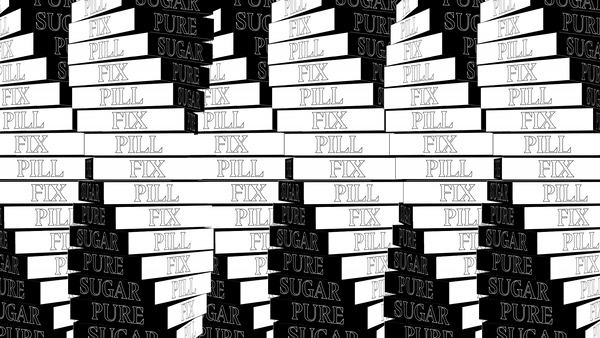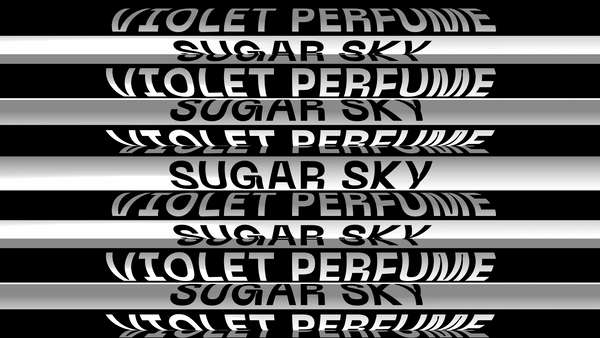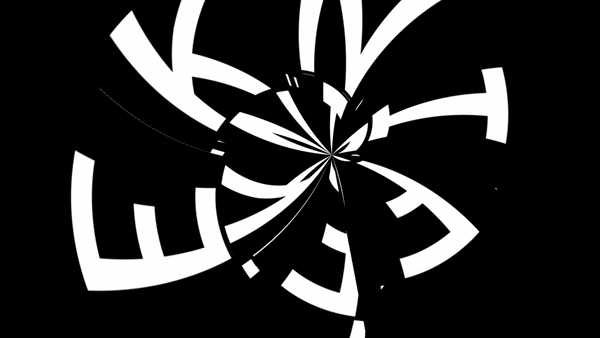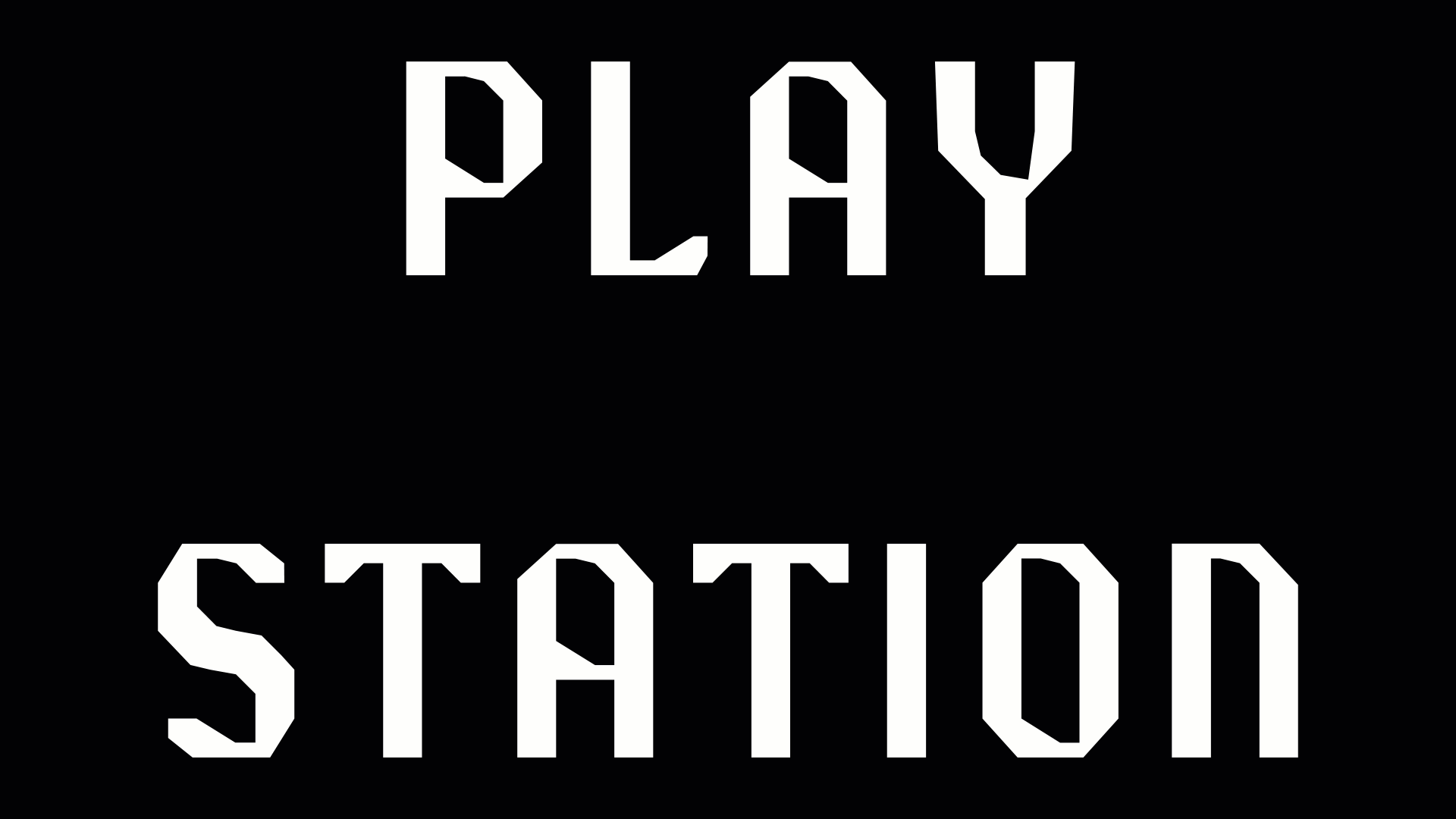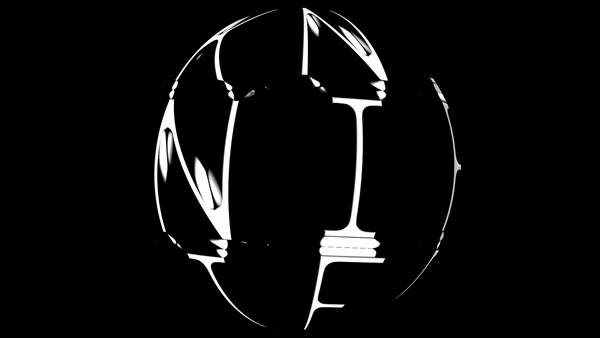a collection of dimensional typography experiments
blurring the lines between 2d, 3d, movement, and materiality
blurring the lines between 2d, 3d, movement, and materiality
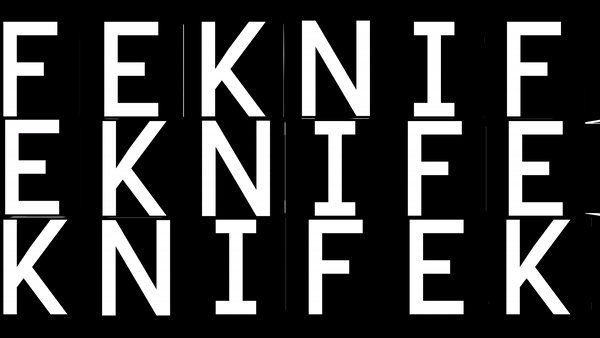

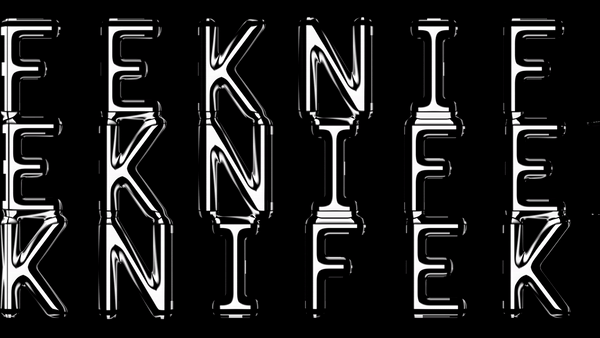

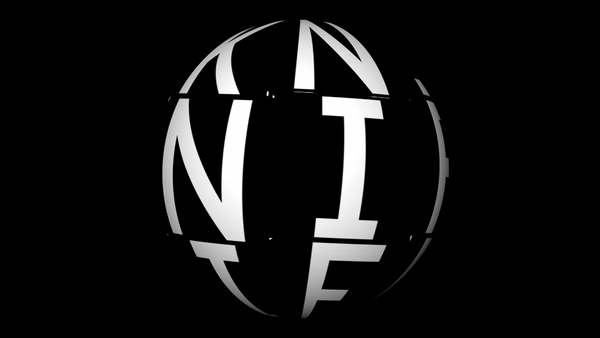
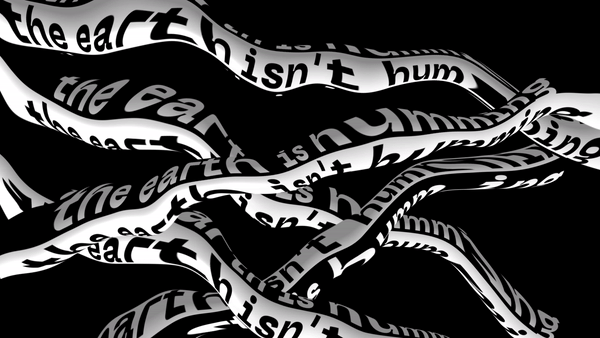
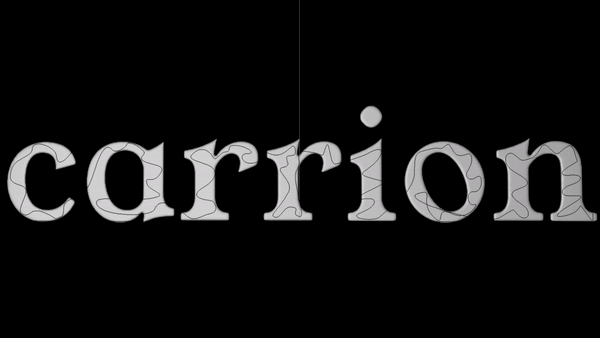
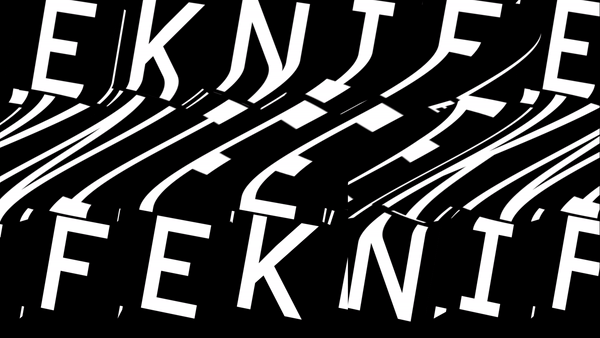
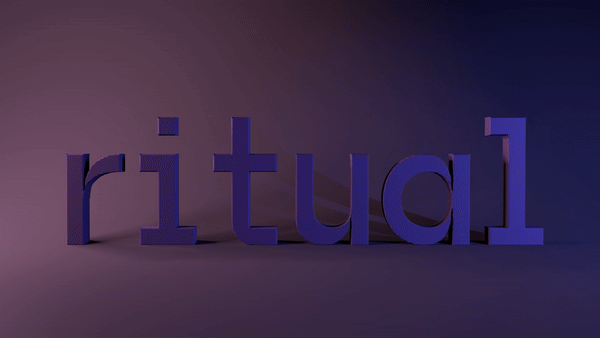
“A book is a framing device for a narrative; a painting in a museum has a frame around it; a piece of music has its own structure and framework. VR is the first design environment to dispense with the frame, because the user is an integral part of the experience.”
(Reichers, 2017).
(Reichers, 2017).
Society today is no stranger to kinetic typography, defined as typography that uses changes in temporality and movement to communicate (Lee, 2002). The first use of kinetic type appeared in Saul Bass’s title credits for the 1959 film North by Northwest (Lee, 2002; Saul Bass), and the world realized the amount of emotion, complexity, and identity that can be portrayed with moving typography. Fluid typography raised a set of unique challenges that typographers had previously never encountered with static two-dimensional text. It provoked designers to consider perception, variability, performance, and utility with spatial and temporal boundaries.
Since the development of the printing press, typography has developed hand-in-hand with technology, as advances in one area have made advances in the other possible (Reichers, 2017). Advances in virtual and augmented realities have forged a path for the next evolution in typography. In addition to considering variables mentioned above, designers must also think of motion, sound, volume, perspective, and user interface (Reichers, 2017).
Since the development of the printing press, typography has developed hand-in-hand with technology, as advances in one area have made advances in the other possible (Reichers, 2017). Advances in virtual and augmented realities have forged a path for the next evolution in typography. In addition to considering variables mentioned above, designers must also think of motion, sound, volume, perspective, and user interface (Reichers, 2017).
Decades later, we are once again standing at a new threshold. Humanity as a whole is existing in multiple realities - virtual, augmented, hyper, extended, digital. How do these multiple realities affect human connection and communication? Could type function with artificial intelligence-like qualities? This project hopes to study how typography in virtual reality can construct or disrupt our experiences in a digital world, or specifically how moving between the physical and virtual worlds affects us and our ability to communicate.
